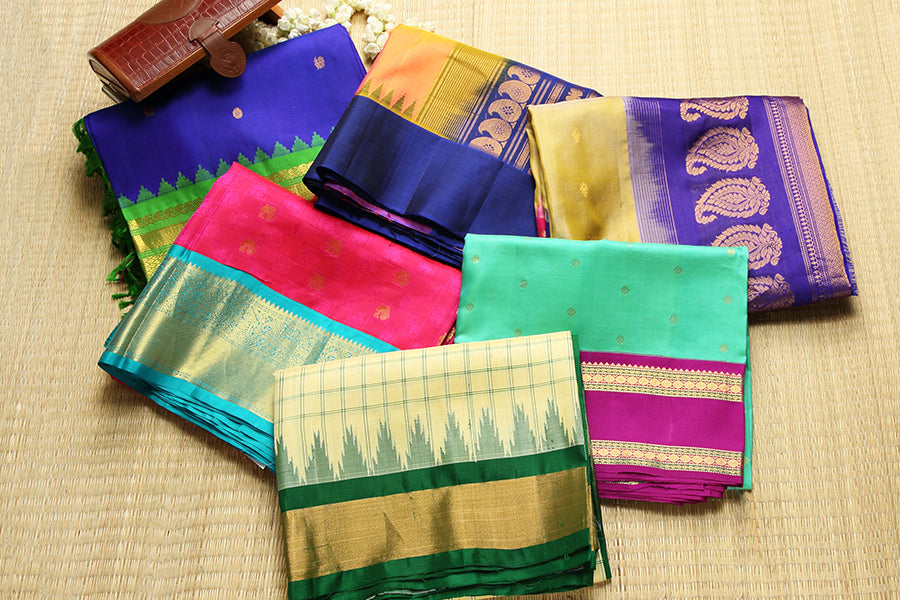As tender as the name and as strong as the flax plant from which it is made, comes the classic ‘Linen’ fibre that is used to make a wide range of garments from sarees, shirts, crop tops, kurtas and an endless range of preferred light-weight clothes. Genetically, linen fabrics are those that are woven or knitted in classic patterns so that the material allows the end-product to be thin yet sturdy. Origins of this fibre are traced to parts Europe, but the outreach without a doubt is worldwide and well liked everywhere.
The origin of Linen:
Linen is technically a vegetable plant that is one of the oldest cultivated in human history. Tracing back the whereabouts of its origin, Linen is found to have been cultivated in areas that had flowing water by the side of hilly ranges such as streams and rivers. To this day, the chemical properties and the magic that blends linen have not been discovered by science, despite locating the roots to Belgium, France and Holland. Primarily from the European countryside, Linen has remained to hold the “finest fabric” position intact competing against cotton on the domestic and tussar on the lavish front.

Strength and longevity:
Linen is known to be the world’s strongest natural fibre. It is so durable it’s even used in paper money to increase strength! It is thicker than cotton and linen fibre has variable lengths, most of which are very long. This contributes to strength, which contributes to longevity. Linen lasts a very long time.
The feel of Linen:
From the flax plant, Linen is a bast fibre. Known to be crisper than cotton, linen becomes soft and supple through handling. It gains elegance and softens to behold the most fluid drape. Though it is has more natural texture than cotton, it is silky with high lustre.

Wrinkles? Both cotton and linen are associated with wrinkles. Linen fibres have a natural resin called lignan. At first, the fibers are stiff and crease easily. The wrinkles become smoother through handling and use.
The all-weather fabric – linen:
Having grown up in a tropical country like India, one might wonder why linen is hyped so much. Linen fibers are hollow and it allows the air and moisture to move naturally. During the colder months, linen helps to retain heat and warmth from your body. Linen is a natural insulator. It is valued for its ability to keep cool in the summer months and trap warmth in colder weather. This is because of the natural properties of the fibre itself. Thus, linen balances out the extremes survives longer and comforts you like no other fabric.
Linen Saree vs cotton saree:
Linen sarees range with far less thread count in comparison to its counterpart cotton and this marks the subtle difference which makes a new linen saree feel softer. A new cotton saree is crisp only at outset and turns to finesse and softness upon recursive washes. With just 60-120 on the thread count, linen sarees commission the searing edges for a longer duration of time. The thickness of the fabric can be attributed to its emergence from the middle of the flax plant, thus naturally thicker and yet softer.
Why is Linen a new age fabric?
The stamina of this fabric has paved the way for copious combinations. When collaborated with native fabrics like khadi, jute and cotton, plain colors rave the wearer with classic looks. When blended with tussar and banarasi, linen silk and linen tussar stand out as epitome of elegance. Linen sarees also come in mild border zaris, checks, abstract Jamdani pallu and are also hand-woven these days. Printed linen sarees and designer linen are for the young minds, it really does not matter which option you choose, head to The S Studio or Shop online and all of your linen thirst will be satiated with their stunning collections of pure linen saree, dupattas, and salwar sets.



